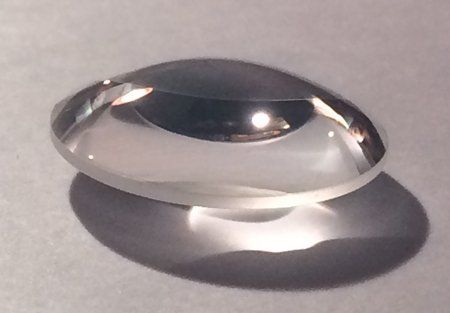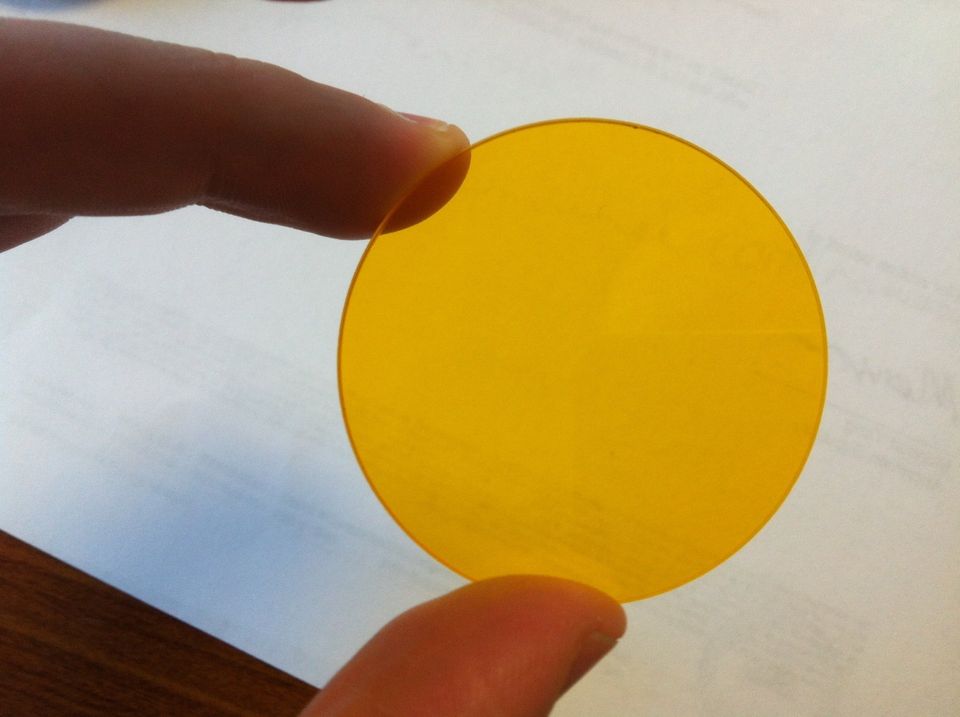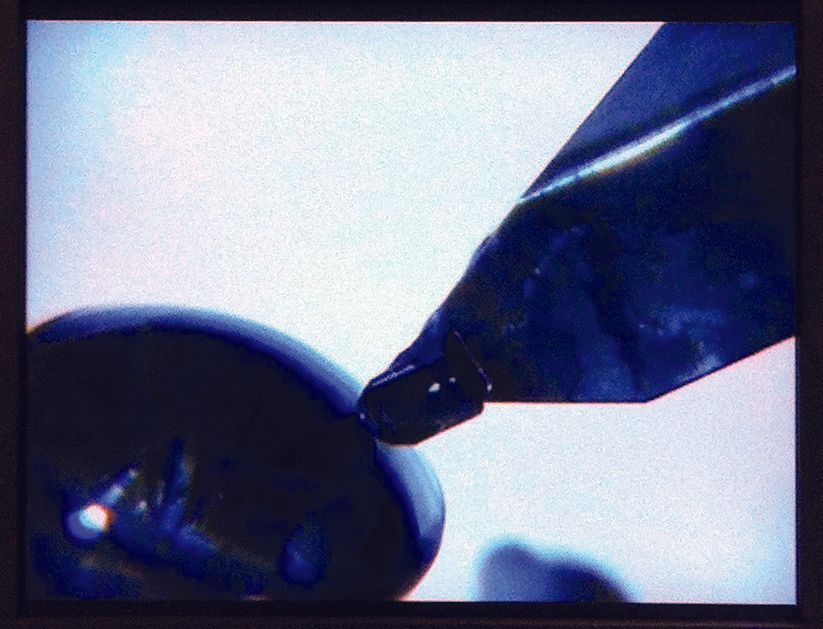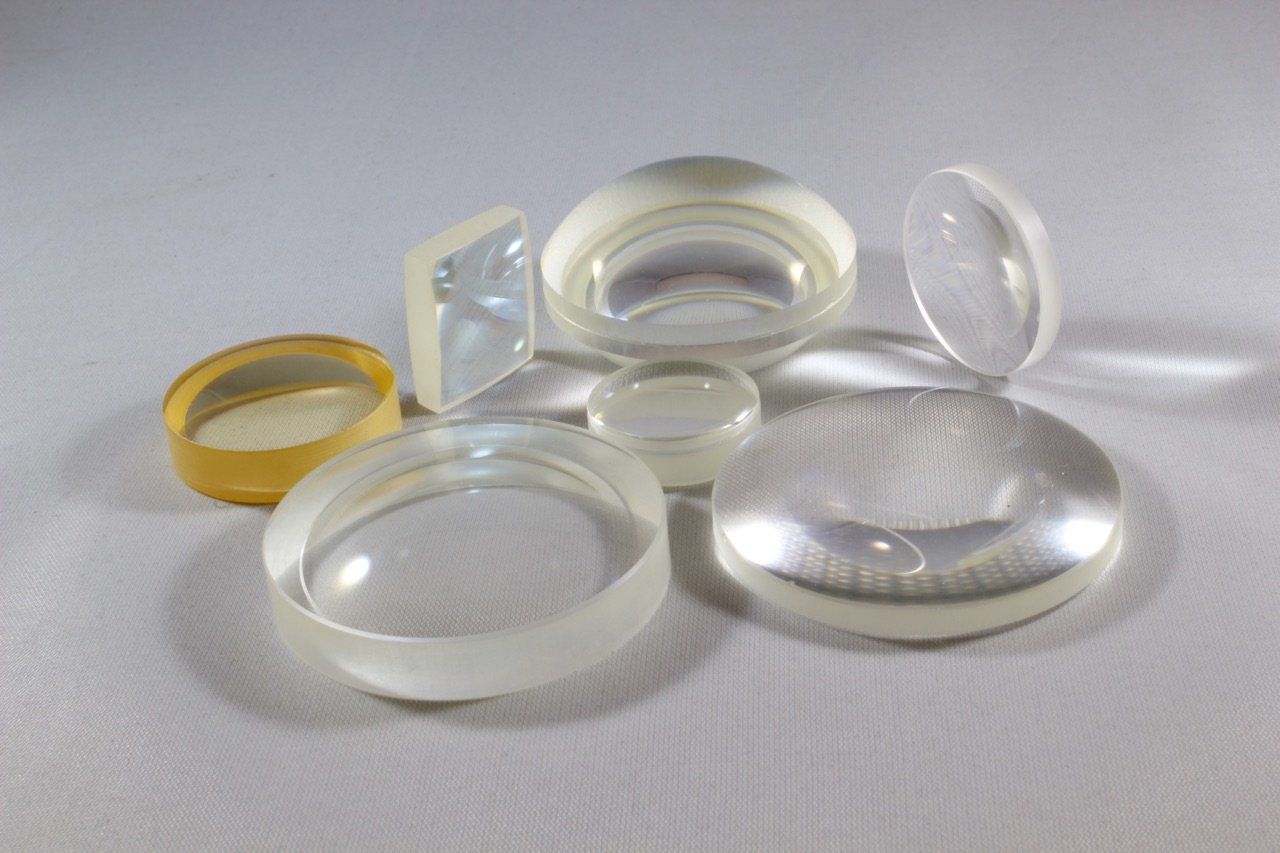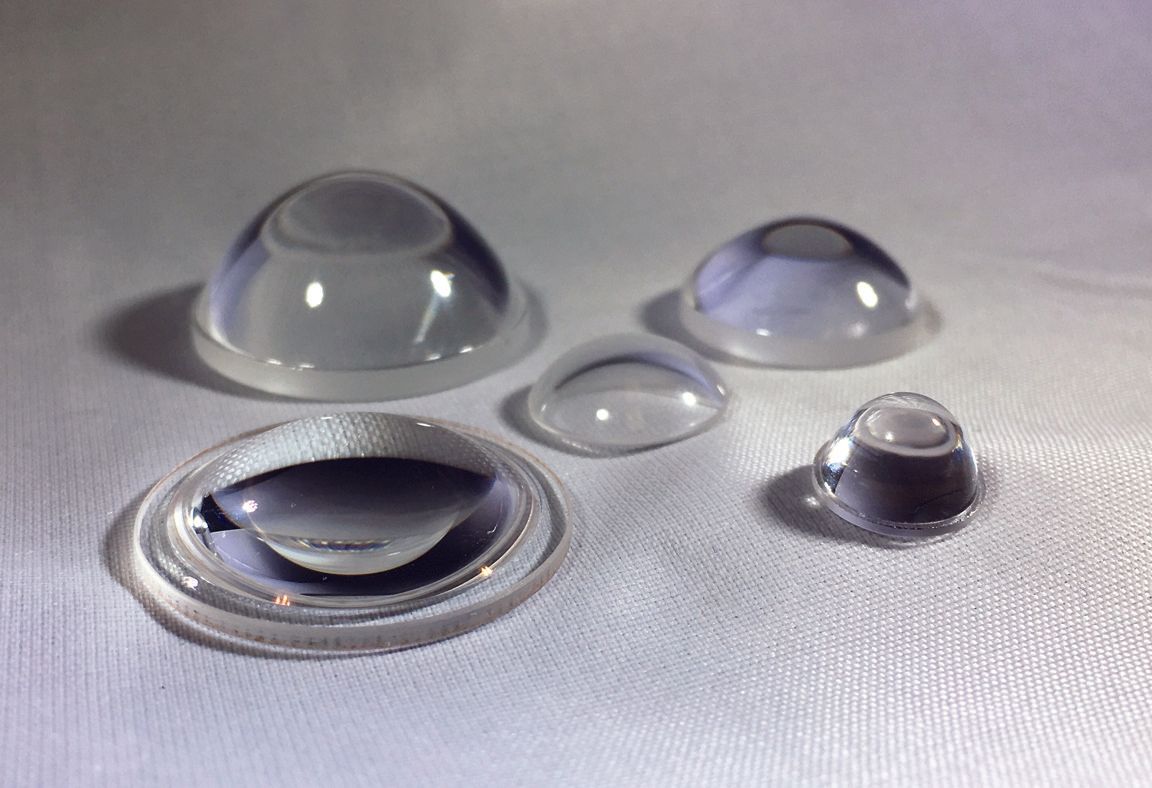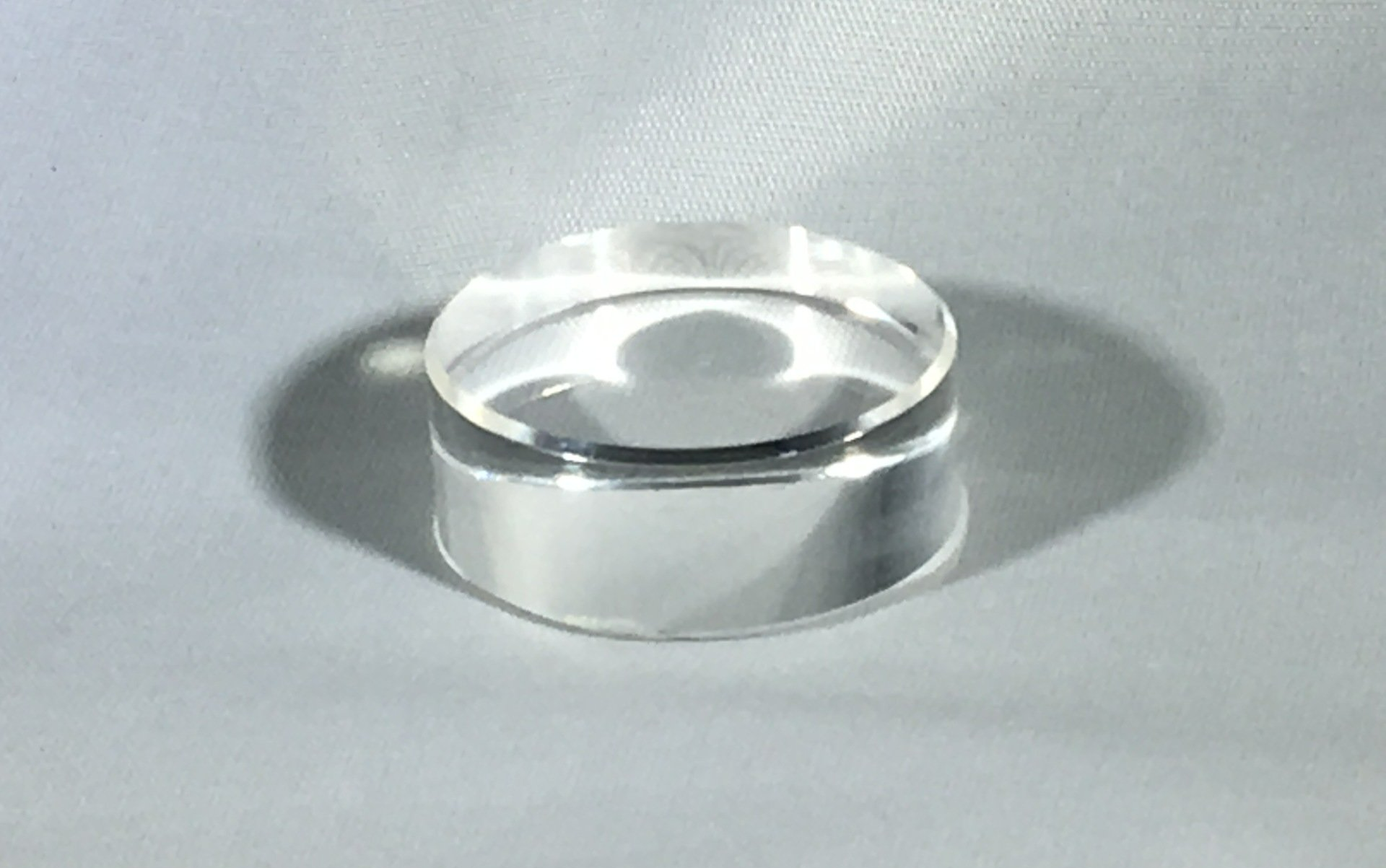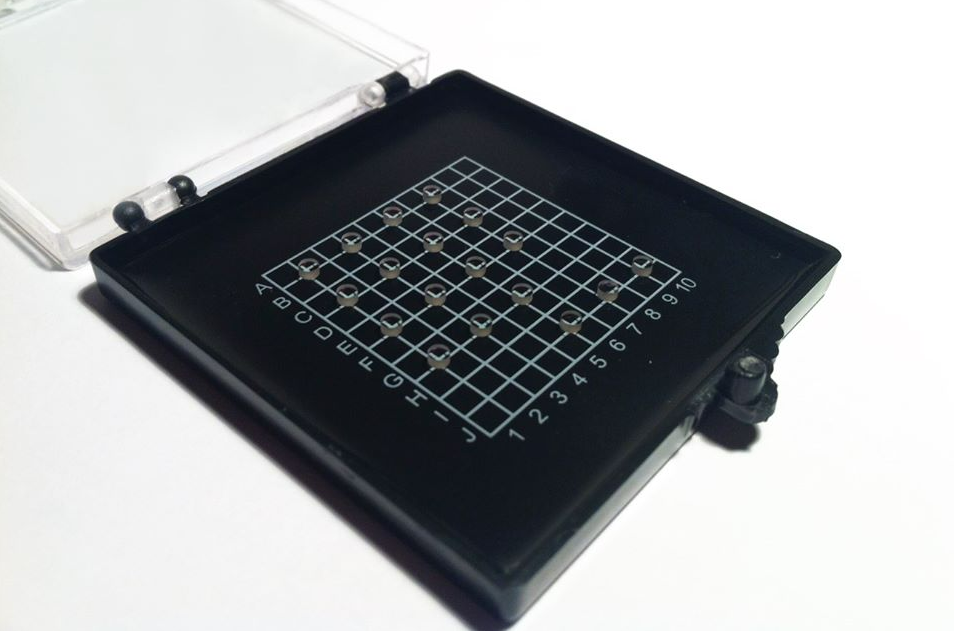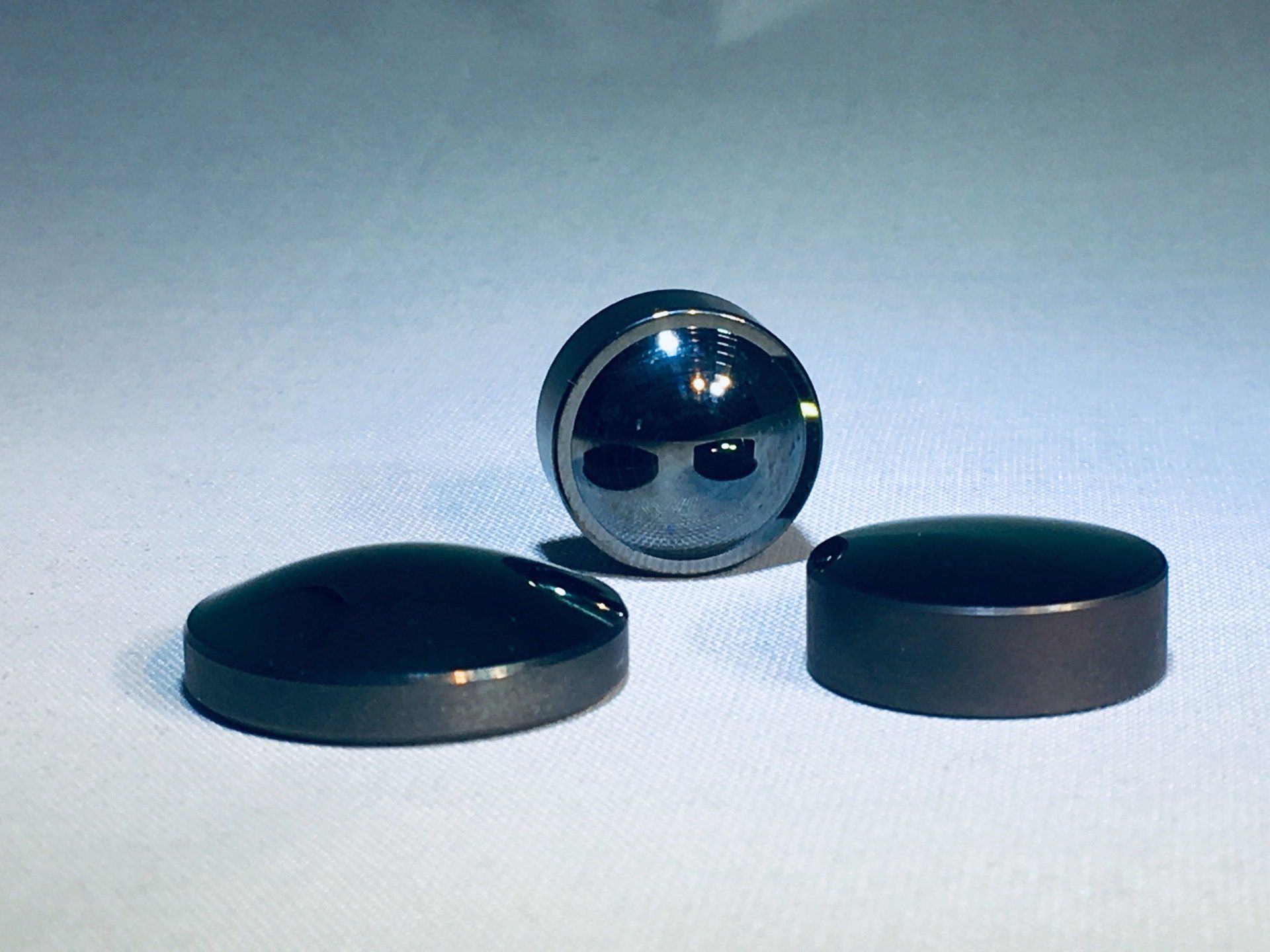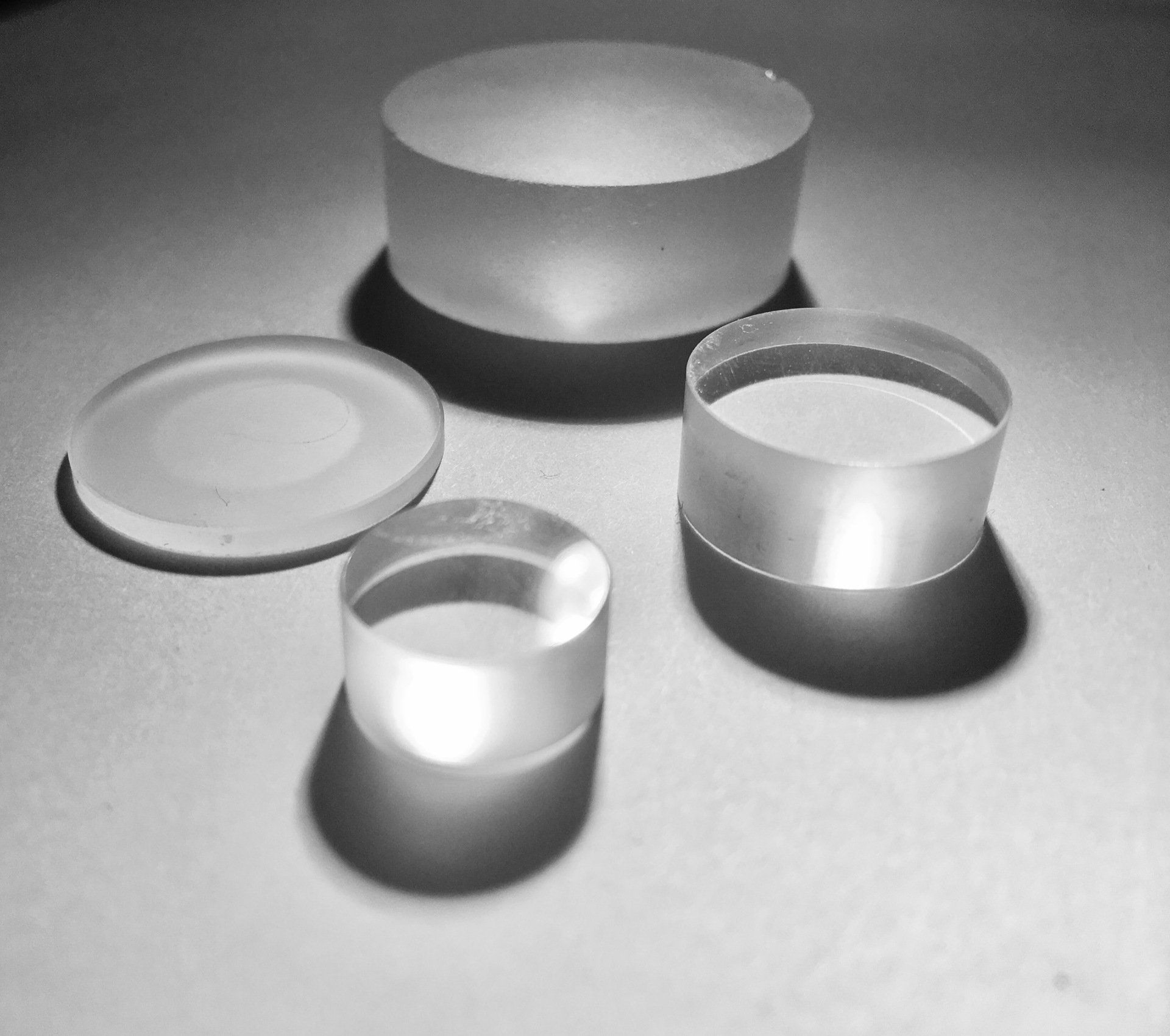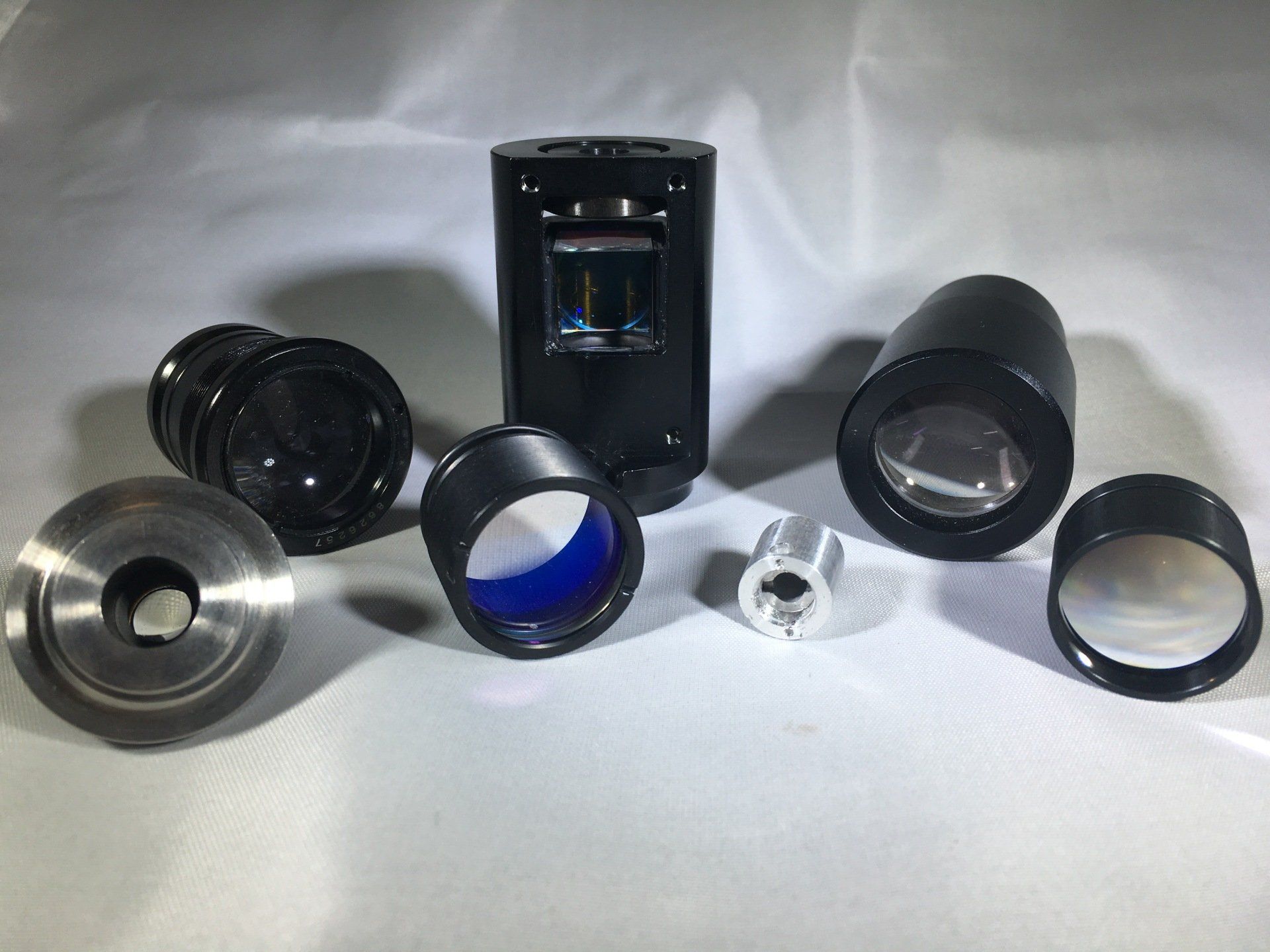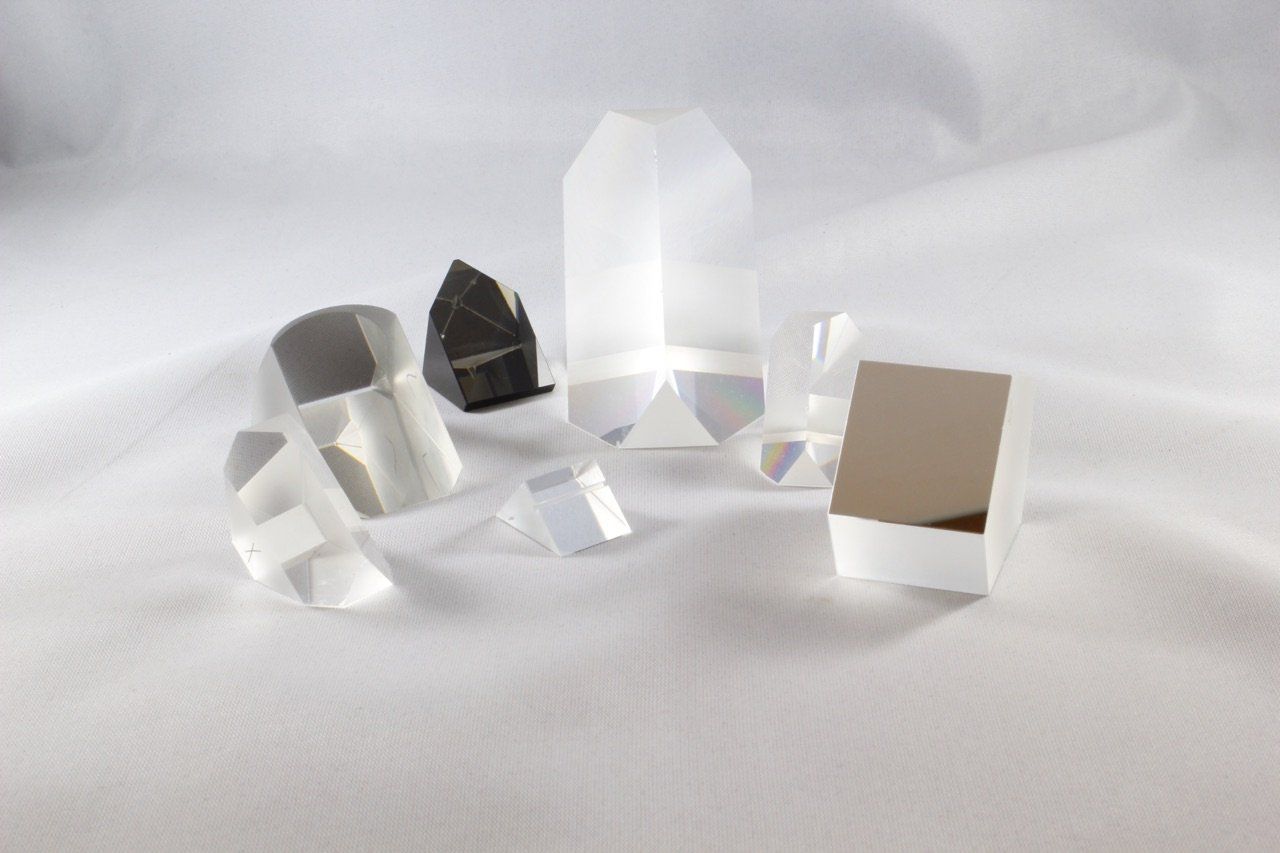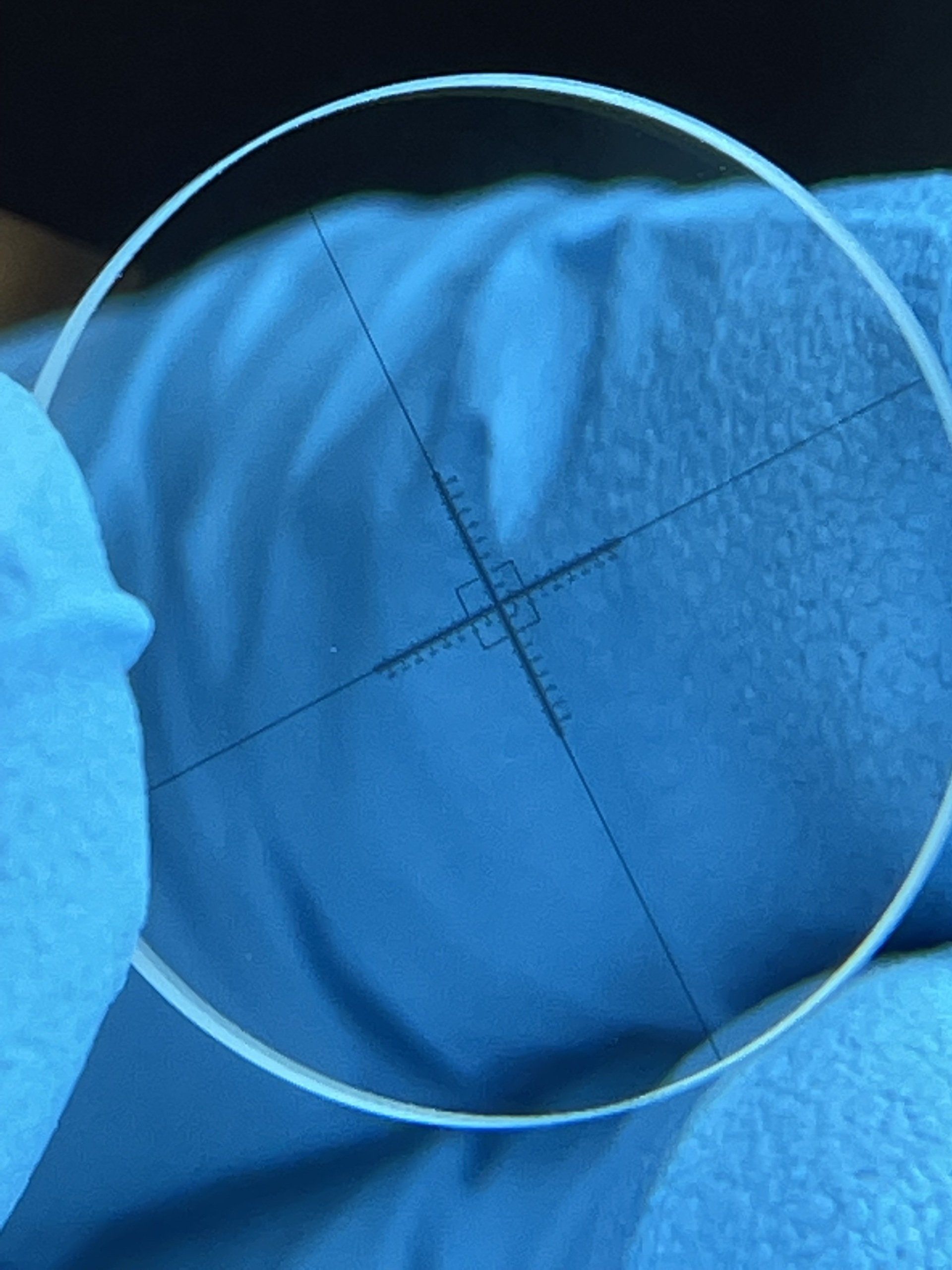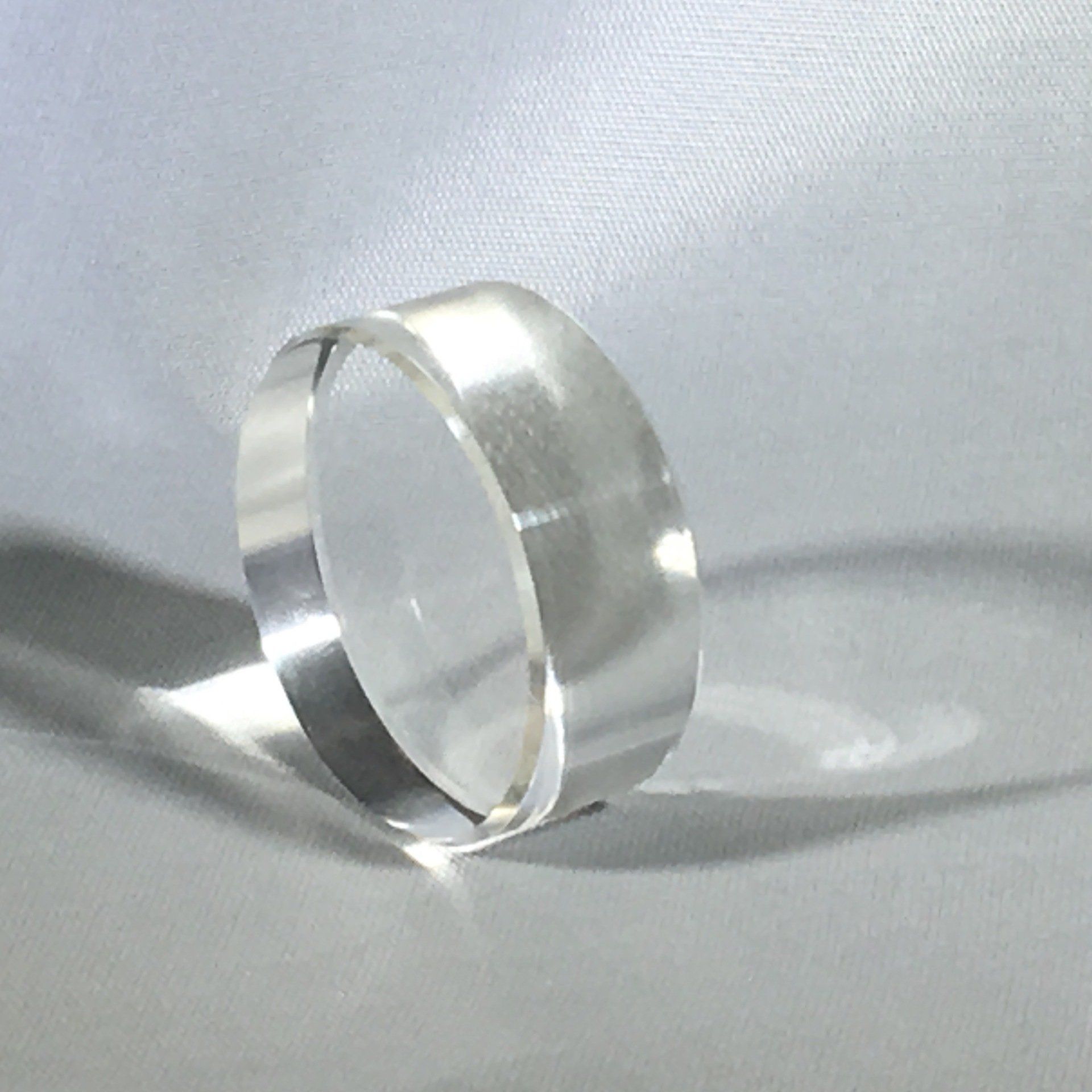Asphera Incorporated
Asphera Incorporated is a precision optics company located in Santa Cruz, California. Asphera was developed by optical industry experts with a focus on aspherical lens applications and manufacturing.
Precision Aspheres
At Asphera Incorporated we are dedicated to pioneering precision optics within the heart of innovation, strategically nestled in Santa Cruz, California with accessible proximity to Silicon Valley and San Francisco. As industry trailblazers, we channel our expertise in aspherical lens applications and manufacturing to fulfill our customers' aspirations.
Our mission is rooted in harnessing cutting-edge technology and unwavering dedication to exceptional customer service. By offering optics at competitive prices, we aim to provide not just optics, but solutions that empower our customers, enabling them to attain their envisioned objectives. At Asphera, we strive to shape the future of optics, enhancing lives and fostering progress, one lens at a time.
Request A Free Quote Today!
Contact Us
Asphera has a unique wide-range of capabilites providing single point diamond turned (IR Materials) , CNC polished (Diameters up to 300mm), and molded (Diameters as small as 0.8mm) custom aspheres per your specification. Proficient in all three methods of aspheric lens manufacturing, we can provide the best option for your custom specification.
Our UV-IR components (windows, lens, prisms, waveplates...) are controlled under precision tolerances of specified purity, parallelism, X-ray orientation as well as size and surface quality. Coating options (AR, BBAR, Dichroic, Aluminum, Silver, Gold,...) are available as well.
Asphera is keeping the tradition of plano optics and prisms from small runs of 3 pieces up to OEM quantities of 10,000 pieces per month. We offer a large selection of prisms (Penta, Right Angle, Corner Cube Retro-reflectors, Roof, Porro, beamsplitting cubes…)
Optical Industry Experts With A Focus!
Click below to request a free quote within 24 hours
Read What Our Customers Think Of Us
"Asphera works with us to identify difficulties in certain specs and suggests alternatives. Communication is quick.."
Physical Sciences Inc.
" Image quality is essential for cameras in the medical field . Thank you for a job well done."
Imagin Systems
“The PMMA and LiF windows both worked out quite well. We'll certainly reach out as we identify our needs.
Thanks again for the great product.”
Department of the Navy
Asphera Articles
